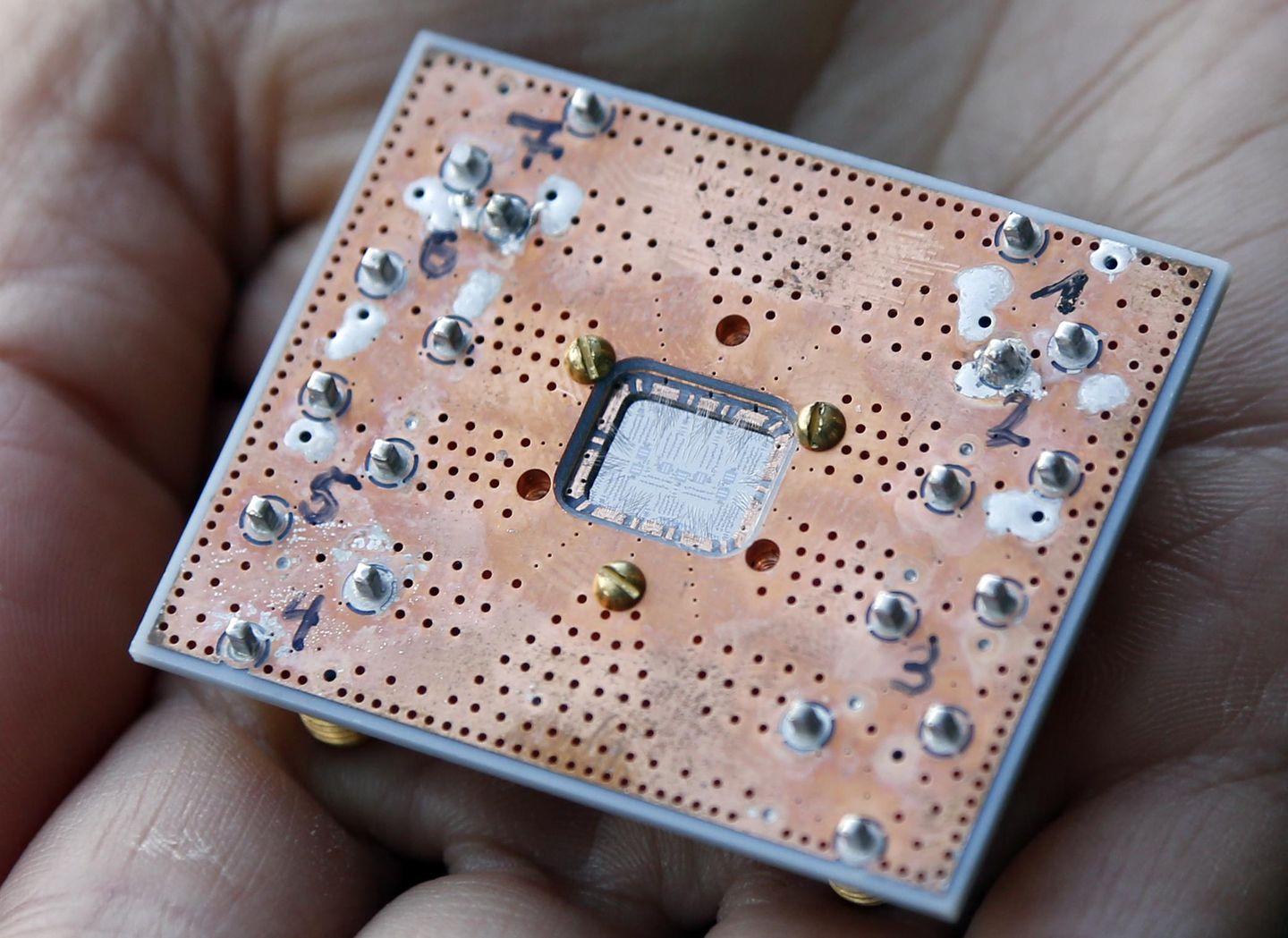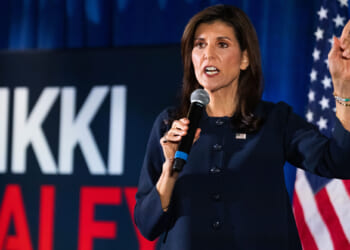
The Pentagon wants to know, once and for all, if a useful quantum computer can actually be built — or if it remains in the realm of science fiction.
The U.S. government is interested in the theoretical machines because a cryptanalytically relevant quantum computer promises to break the encryption that secures everything from state secrets to financial transactions.
The Defense Advanced Research Projects Agency identified 15 companies last week that will compete to prove they can build the theoretical machines. Three more companies are expected to join the project at a later date.
DARPA’s Joe Altepeter, program manager of the Quantum Benchmarking Initiative, described the contest he oversees as “crazy.”
“We’re going to do whatever we can to show that these companies’ plans won’t work but we’re going to be honest brokers,” Mr. Altepeter said in a video. “And if we find out that it does work after a lot of hard work, a lot of analysis and a lot of independent testing, then we’re going to tell the other agencies of the government who care about if quantum computers work or not.”
Researchers anticipate quantum computers will solve problems much faster than classical computers by using the properties of entanglement, interference and superposition to complete calculations.
Where classical computers rely on bits — binary digits of zero or one — quantum computers are expected to encode far more data with qubits, which may appear to exist in a superposition of zero and one at once.
The Quantum Benchmarking Initiative intends to prove whether a quantum computer can achieve “utility-scale operation,” meaning its computational value exceeds its cost, by the year 2033.
The program begins with a six-month sprint in which the companies must provide technical details of their concepts to show they could plausibly build the machines. The companies receive up to $1 million from DARPA for this Stage A of the race, according to a DARPA presentation.
Any company that survives the first hurdle will move to a yearlong test, when DARPA will probe their research and development plans. The contestants get up to $15 million from taxpayers for this portion, Stage B, of the program.
If a company withstands DARPA’s scrutiny, it will move to a final Stage C where DARPA will test the quantum computers’ hardware and the companies may receive up to $300 million.
“Anybody who makes it all the way through the end of Stage C, we’ve either proven your concept doesn’t work or we’ve proven that man, the U.S. government should get one of these because it’s going to change the world,” Mr. Altepeter said in the video.
Nord Quantique, a Canadian company participating in the competition, believes it has a path to building the useful quantum computers that DARPA desires. The company said its challenge will be demonstrating it can scale its technology to useful levels without overhead.
Nord Quantique CEO Julien Camirand Lemyre believes his tech will reach utility scale and his company has pledged to release early results of its latest experimental work later this spring.
“We think we’ll have useful quantum computers solving like some classes of problems by the end of the decade, basically,” Mr. Lemyre told The Washington Times. “I think what DARPA is pulling forward is showing the ambition of the quantum computing industry beyond also that landmark of 2030.”
Alongside Nord Quantique, the other performers identified by DARPA last week include: Alice & Bob, Atlantic Quantum, Atom Computing, Diraq, Hewlett Packard Enterprise, IBM, IonQ, Oxford Ionics, Photonic Inc., Quantinuum, Quantum Motion, Rigetti Computing, Silicon Quantum Computing Pty. Ltd., and Xanadu.
Hewlett Packard Labs said it assembled a cross-industry consortium, including a handful of partners such as the University of Wisconsin, that worked on its proposal to DARPA. The Labs team’s consortium predates its work for the DRPA competition and is focused on developing a “practically useful and cost-effective quantum supercomputer.”
The U.K.-based Oxford Ionics entered the competition soon after it expanded to the U.S. in Boulder, Colorado. The company with 80 employees intends to triple its headcount over the next 18 months while working on the DARPA contest.
The companies may be betting on their success but DARPA, for now at least, is betting no one will succeed.
“So far we’re not convinced of anything but these companies deserve a lot of congratulations for getting through what was a pretty difficult round of questioning and signing up for a lot more of the same,” Mr. Altepeter said.












